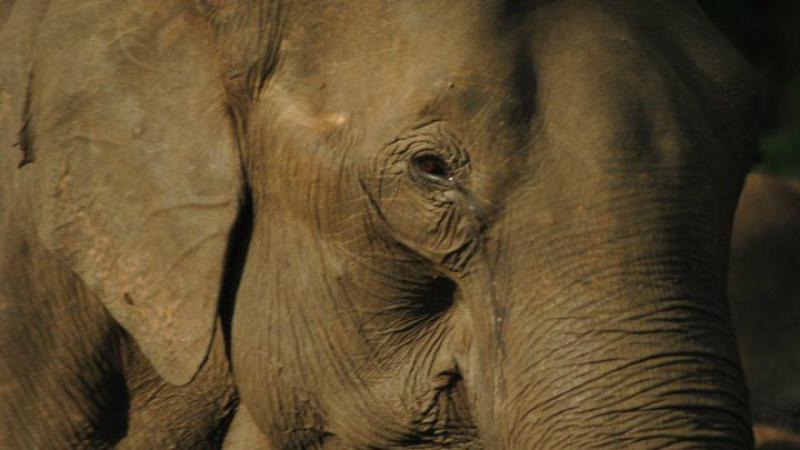
Elephant Endotheliotropic Herpesviruses (EEHVs), is a highly widespread herpes virus commonly found in Asian and African elephants. Of the 130 types of herpes viruses found worldwide, only some are known to infect humans, yet 90% of the human population is infected with some form of herpes virus. The rest can infect organisms as diverse as cats, birds, horses and fish.
The EEHV virus is known to affect juvenile elephants predominantly, but not exclusively. Several elephant calves have picked up the virus from other infected elephants, as well as, through transmission during pregnancy.
The EEHV infection causes an acute onset of lethargy, growths, lesions, and acute hemorrhages in elephants, which can amount to further complications and even death within seven days of infection. The mortality rate can reach up to 85%.
The most familiar cause of EEHV cases and deaths in elephants is by the EEHV 1A strain. However, very little is known about how the virus manifests itself in the host organism.
In a study done collaboratively by the College of Veterinary Science (Assam Agricultural University), Wildlife Trust of India, Department of Biosciences and Bioengineering (Indian Institute of Technology, Guwahati), and the Government of Assam, researchers have examined the form and structure of the EEHV virus in the captive, endangered elephants of Assam, India. This study is the first laboratory confirmed report on the incidence of EEHV 1A in the elephants of Assam.
As part of the study, the research team reported the incidence of EEHV infection and its associated mortality. Representative tissues from various organs such as the tongue, heart, lung, spleen, liver, and kidneys were collected and processed to understand how the disease manifests itself in the host elephant. Furthermore, the researchers attempted to understand how the virus has evolved.
This study has helped enhance knowledge regarding the distribution, transmission, incubation period, site, and possible control of the EEHV 1A virus.
